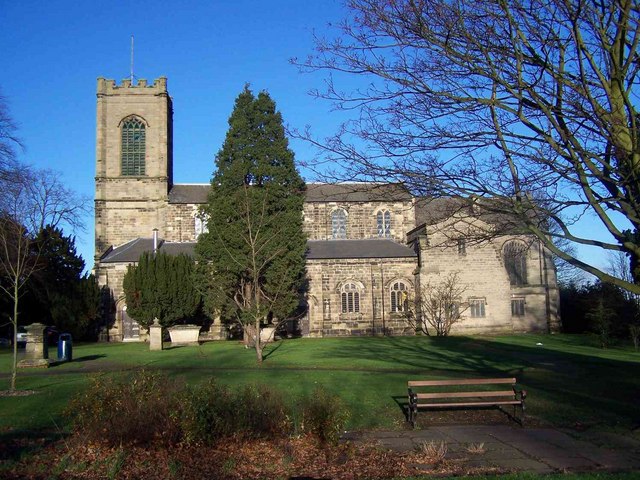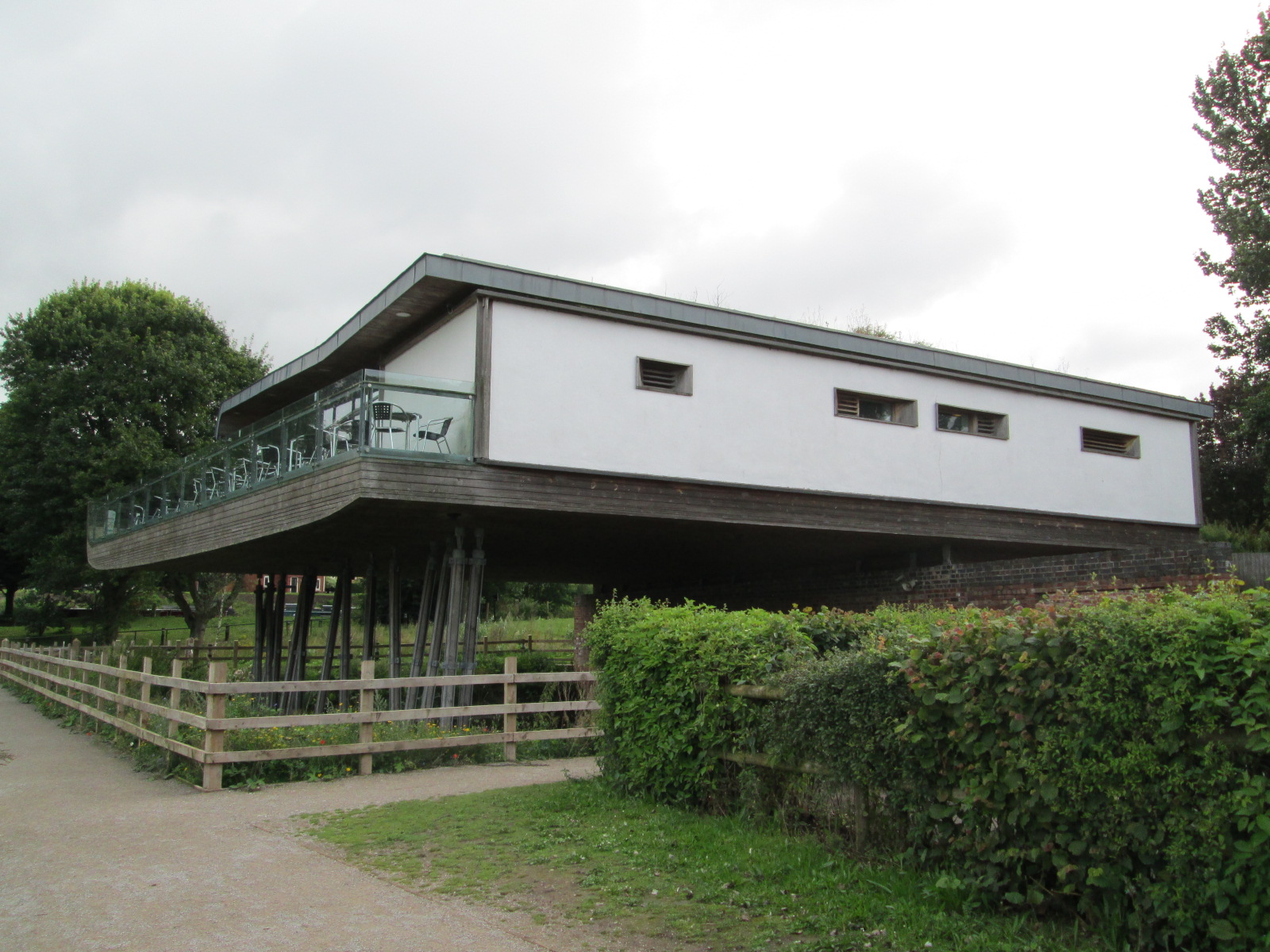|
Wolseley Centre
The Wolseley Centre is a visitor centre and nature reserve of the Staffordshire Wildlife Trust, in Staffordshire, England, about north-west of Rugeley, and about south-east of the county town of Stafford. The Trust has two visitor centres; the other is at Westport Lake in Stoke-on-Trent. History Wolseley Hall The site was formerly the gardens of Wolseley Hall, which was built in the late 17th century. The hall was demolished in 1966; in the 1990s there was some restoration of the gardens, by Sir Charles Wolseley. The site was later converted into a nature reserve, and it has been the headquarters of the Staffordshire Wildlife Trust since 2003."The Wolseley Centre" ''Staffordshire Wildlife Trust''. Retrieved 27 April 2020. Redevelopment From November 2018 the site was red ...[...More Info...] [...Related Items...] OR: [Wikipedia] [Google] [Baidu] |
Rugeley
Rugeley ( ) is a market town and civil parish in the Cannock Chase District in Staffordshire, England. It lies on the north-eastern edge of Cannock Chase next to the River Trent; it is situated north of Lichfield, south-east of Stafford, north-east of Hednesford and south-west of Uttoxeter. At the 2021 Census, the population was 24,386. Rugeley is twinned with Western Springs, Illinois and, in July 1962, the towns made telephone history on national television when the chairman of Rugeley Urban District Council made the first telephone call via the new Telstar satellite to the Mayor of Western Springs. It was also featured in an article about workers' rights and town transformation in the 21st century. History The town, historically known as Rudgeley or Ridgeley, is listed in the Domesday Book of 1086. This name is thought to be derived from 'Ridge lee', or 'the hill over the field'. In the mediaeval period, it thrived on iron workings and was also a site of glass manufac ... [...More Info...] [...Related Items...] OR: [Wikipedia] [Google] [Baidu] |
Staffordshire Wildlife Trust
The Staffordshire Wildlife Trust is a wildlife trust covering the county of Staffordshire, England. Organisation and activities It is one of 46 Wildlife Trusts; each is a registered charity and is a member of the Royal Society of Wildlife Trusts. The Staffordshire Wildlife Trust was founded in 1969. It has about 160 members of staff, overseen by a board of trustees. The Trust is supported by a network of volunteers."About us" ''Staffordshire Wildlife Trust''. Retrieved 31 October 2022. The Trust has two s: the Wolseley Centre, near |
Visitor Centre
A visitor center or centre (see American and British English spelling differences), visitor information center, tourist information center, is a physical location that provides tourist information to visitors. Types of visitor center A visitor center may be: * A visitor center at a specific attraction or place of interest, such as a landmark, national park, national forest, or state park, providing information (such as trail maps, and about camp sites, staff contact, restrooms, etc.) and in-depth educational exhibits and artifact displays (for example, about natural or cultural history). Often a film or other media display is used. If the site has permit requirements or guided tours, the visitor center is often the place where these are coordinated. * A tourist information center, providing visitors to a location with information on the area's attractions, lodgings, maps, and other items relevant to tourism. Often, these centers are operated at the airport or other port of e ... [...More Info...] [...Related Items...] OR: [Wikipedia] [Google] [Baidu] |
Nature Reserve
A nature reserve (also known as a wildlife refuge, wildlife sanctuary, biosphere reserve or bioreserve, natural or nature preserve, or nature conservation area) is a protected area of importance for flora, fauna, or features of geological or other special interest, which is reserved and managed for purposes of conservation and to provide special opportunities for study or research. They may be designated by government institutions in some countries, or by private landowners, such as charities and research institutions. Nature reserves fall into different IUCN categories depending on the level of protection afforded by local laws. Normally it is more strictly protected than a nature park. Various jurisdictions may use other terminology, such as ecological protection area or private protected area in legislation and in official titles of the reserves. History Cultural practices that roughly equate to the establishment and maintenance of reserved areas for animals date bac ... [...More Info...] [...Related Items...] OR: [Wikipedia] [Google] [Baidu] |
Staffordshire
Staffordshire (; postal abbreviation Staffs.) is a landlocked county in the West Midlands region of England. It borders Cheshire to the northwest, Derbyshire and Leicestershire to the east, Warwickshire to the southeast, the West Midlands County and Worcestershire to the south and Shropshire to the west. The largest settlement in Staffordshire is Stoke-on-Trent, which is administered as an independent unitary authority, separately from the rest of the county. Lichfield is a cathedral city. Other major settlements include Stafford, Burton upon Trent, Cannock, Newcastle-under-Lyme, Rugeley, Leek, and Tamworth. Other towns include Stone, Cheadle, Uttoxeter, Hednesford, Brewood, Burntwood/Chasetown, Kidsgrove, Eccleshall, Biddulph and the large villages of Penkridge, Wombourne, Perton, Kinver, Codsall, Tutbury, Alrewas, Barton-under-Needwood, Shenstone, Featherstone, Essington, Stretton and Abbots Bromley. Cannock Chase AONB is within the county as well as parts of the ... [...More Info...] [...Related Items...] OR: [Wikipedia] [Google] [Baidu] |
Stafford
Stafford () is a market town and the county town of Staffordshire, in the West Midlands region of England. It lies about north of Wolverhampton, south of Stoke-on-Trent and northwest of Birmingham. The town had a population of 70,145 in the 2021 census, It is the main settlement within the larger borough of Stafford which had a population of 136,837 (2021). History Stafford means "ford" by a staithe (landing place). The original settlement was on a dry sand and gravel peninsula that offered a strategic crossing point in the marshy valley of the River Sow, a tributary of the River Trent. There is still a large area of marshland north-west of the town, which is subject to flooding and did so in 1947, 2000, 2007 and 2019. Stafford is thought to have been founded about AD 700 by a Mercian prince called Bertelin, who, legend has it, founded a hermitage on a peninsula named Betheney. Until recently it was thought that the remains of a wooden preaching cross from the time h ... [...More Info...] [...Related Items...] OR: [Wikipedia] [Google] [Baidu] |
Westport Lake, Stoke-on-Trent
Westport Lake is a lake and local nature reserve in Stoke-on-Trent, in Staffordshire, England, about south of Tunstall. It is alongside the Trent and Mersey Canal. It is owned by the Canal and River Trust, and is operated by the Staffordshire Wildlife Trust and Stoke-on-Trent City Council."Westport Lake" ''Canal and River Trust''. Retrieved 27 April 2020. There is a , with a café and lakeside balcony. The centre has conference facilities."Westport Lake Visitor Centre" ''Stafford ... [...More Info...] [...Related Items...] OR: [Wikipedia] [Google] [Baidu] |
Wolseley Hall
Wolseley Hall was a stately home near the village of Colwich, in Staffordshire, England. It was demolished in 1966; the former gardens are now a nature reserve of the Wolseley Centre. History The manor house The estate was held by the Wolseley family from the 11th century, when Edric de Wholesley lived here. It was granted to the family as a reward for killing the wolves which, by attacking the deer, were detrimental to the King's hunting in the county."Wolseley Hall" ''Lost Heritage: England's lost country houses''. Retrieved 4 May 2020."Wolseley Hall" ''Parks & Gardens''. Retrieved 4 May 2020. [...More Info...] [...Related Items...] OR: [Wikipedia] [Google] [Baidu] |
Lord Lieutenant Of Staffordshire
This is a list of people who have served as lord lieutenant for Staffordshire. Since 1828, all lord lieutenants have also been custos rotulorum of Staffordshire. Lord Lieutenants of Staffordshire *Henry Stafford, 1st Baron Stafford 1559 *George Talbot, 6th Earl of Shrewsbury 3 July 1585 – 18 November 1590 *''vacant'' *Robert Devereux, 3rd Earl of Essex 29 February 1612 – 17 July 1627 *Robert Carey, 1st Earl of Monmouth 17 July 1627 – 3 February 1629 *Robert Devereux, 3rd Earl of Essex 3 February 1629 – 1642 *''Interregnum'' *Robert Greville, 4th Baron Brooke 13 August 1660 – 17 February 1677 *James Scott, 1st Duke of Monmouth James Scott, 1st Duke of Monmouth, 1st Duke of Buccleuch, KG, PC (9 April 1649 – 15 July 1685) was a Dutch-born English nobleman and military officer. Originally called James Crofts or James Fitzroy, he was born in Rotterdam in the Netherlan ... 24 March 1677 – 12 December 1679 *Robert Spencer, 2nd Earl of Sunderland 12 December 1679 – 2 ... [...More Info...] [...Related Items...] OR: [Wikipedia] [Google] [Baidu] |
Boardwalk
A boardwalk (alternatively board walk, boarded path, or promenade) is an elevated footpath, walkway, or causeway built with wooden planks that enables pedestrians to cross wet, fragile, or marshy land. They are also in effect a low type of bridge. Such timber trackways have existed since at least Neolithic times. Some wooden boardwalks have had sections replaced by concrete and even "a type of recycled plastic that looks like wood." History An early example is the Sweet Track that Neolithic people built in the Somerset levels, England, around 6000 years ago. This track consisted mainly of planks of oak laid end-to-end, supported by crossed pegs of ash, oak, and lime, driven into the underlying peat. The Wittmoor bog trackway is the name given to each of two prehistoric plank roads, or boardwalks, trackway No. I being discovered in 1898 and trackway No. II in 1904 in the ''Wittmoor'' bog in northern Hamburg, Germany. The trackways date to the 4th and 7th century AD, both linked ... [...More Info...] [...Related Items...] OR: [Wikipedia] [Google] [Baidu] |
Sensory Garden
A sensory garden is a self-contained garden area that allows visitors to enjoy a wide variety of sensory experiences. Sensory gardens are designed to provide opportunities to stimulate the senses, both individually and in combination, in ways that users may not usually encounter. Sensory gardens have a wide range of educational and recreational applications. They can be used in the education of special-needs students, including autistic people. As a form of horticultural therapy, they may act as therapeutic gardens to help in the care of people with dementia. Sensory gardens can be designed in such a way as to be accessible and enjoyable for both disabled and non-disabled users. A sensory garden, for example, may contain features accessible to the disabled individual such as: scented and edible plants, sculptures and sculpted handrails, water features designed to make sound and play over the hands, textured touch-pads, magnifying-glass screens, braille and audio induction loop de ... [...More Info...] [...Related Items...] OR: [Wikipedia] [Google] [Baidu] |
Nature Reserves In Staffordshire
Nature, in the broadest sense, is the physical world or universe. "Nature" can refer to the phenomena of the physical world, and also to life in general. The study of nature is a large, if not the only, part of science. Although humans are part of nature, human activity is often understood as a separate category from other natural phenomena. The word ''nature'' is borrowed from the Old French ''nature'' and is derived from the Latin word ''natura'', or "essential qualities, innate disposition", and in ancient times, literally meant "birth". In ancient philosophy, ''natura'' is mostly used as the Latin translation of the Greek word ''physis'' (φύσις), which originally related to the intrinsic characteristics of plants, animals, and other features of the world to develop of their own accord. The concept of nature as a whole, the physical universe, is one of several expansions of the original notion; it began with certain core applications of the word φύσις by pre-So ... [...More Info...] [...Related Items...] OR: [Wikipedia] [Google] [Baidu] |






.jpg)